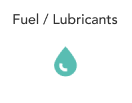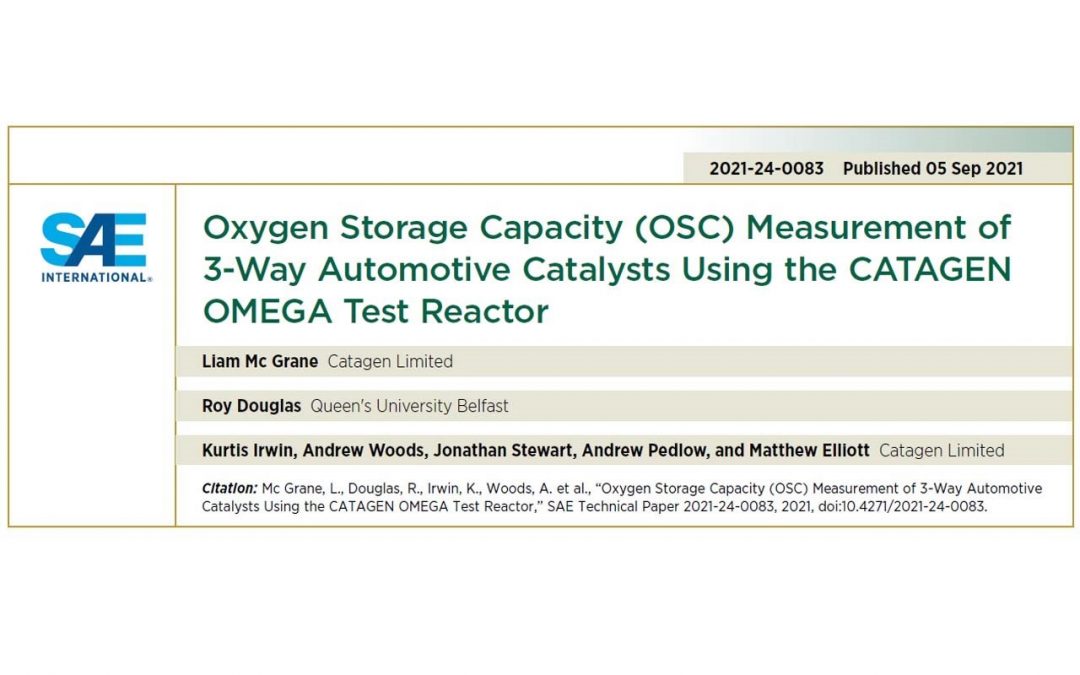ABSTRACT
A Three-way automotive catalyst’s ability to store oxygen is still a crucial performance metric for modern day catalyst applications. With more stringent emissions legalisation, the oxygen storage capacity (OSC) within the catalyst can assist with converting different exhaust gases such as CO, THC and NOx under transient operating conditions. OSC is currently the only onboard catalyst performance metric recorded during a vehicle’s useful life. Catalyst performance is correlated to this OSC measurement. Rhodium is a precious metal used in automotive catalysts to help with the conversion of NOx. The price of rhodium is increasing drastically, requiring original equipment manufacturers (OEMs) to look at cost-effective alternatives to maintain NOx conversion within the exhaust stream.
OSC in the catalyst is possible due to ceria in the washcoat. Stored oxygen can help promote other reactions in the catalyst bed to help with the conversion of NOx. For a catalyst’s OSC to be fully understood by an OEM a reliable, repeatable and accurate OSC measurement is required. A reliable OSC measurement allows the user to understand how OSC degrades throughout the full useful life (FUL) of the catalyst, helping to understand the catalyst’s performance. CATAGEN has developed a new, unique measurement technique with precise control of gas composition and test
parameters to provide a pure measurement of performance to measure the OSC of the catalyst.
Written by Liam McGrane











